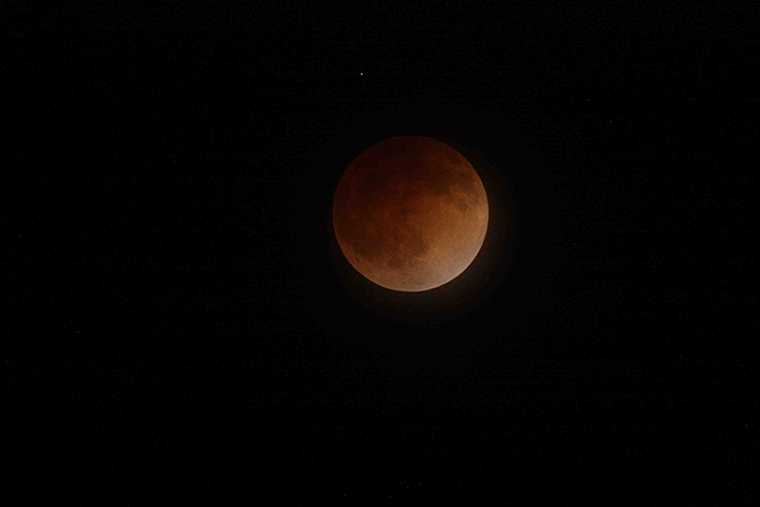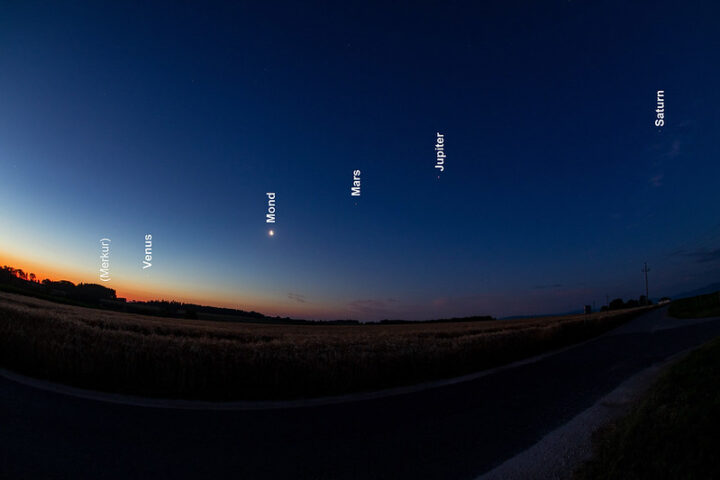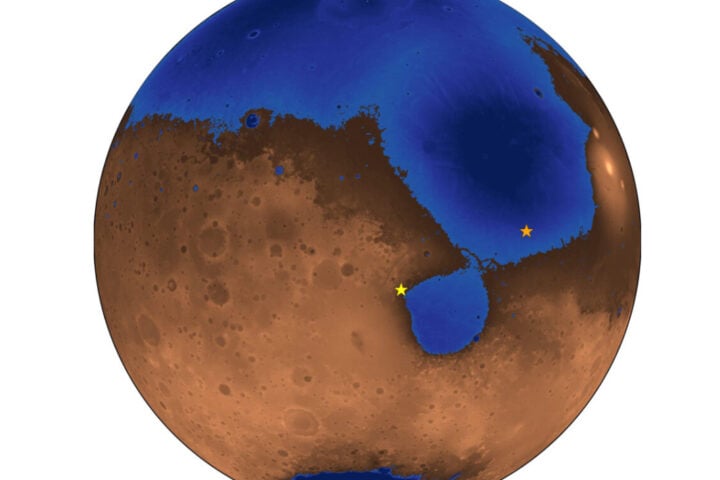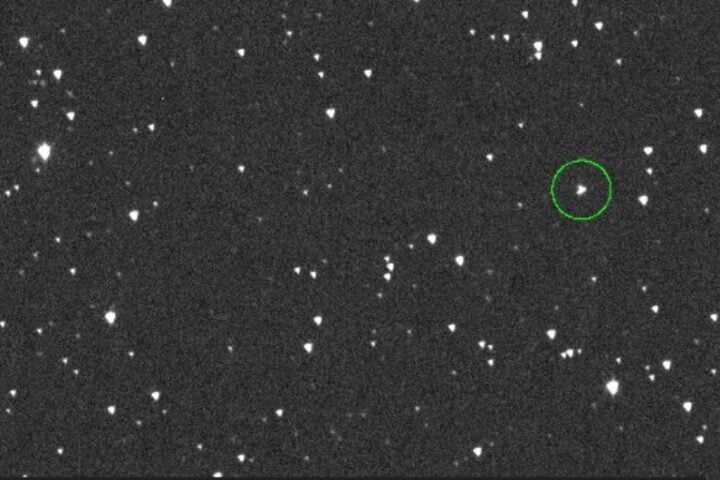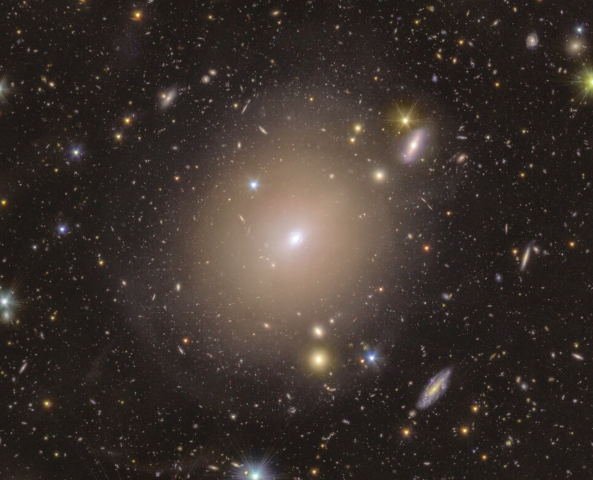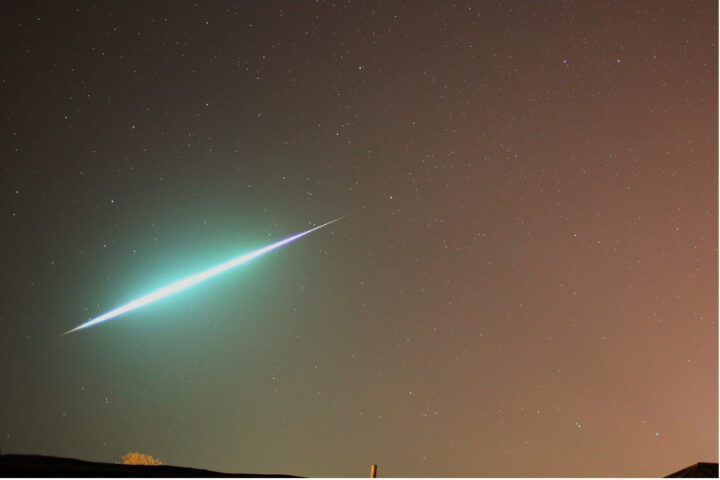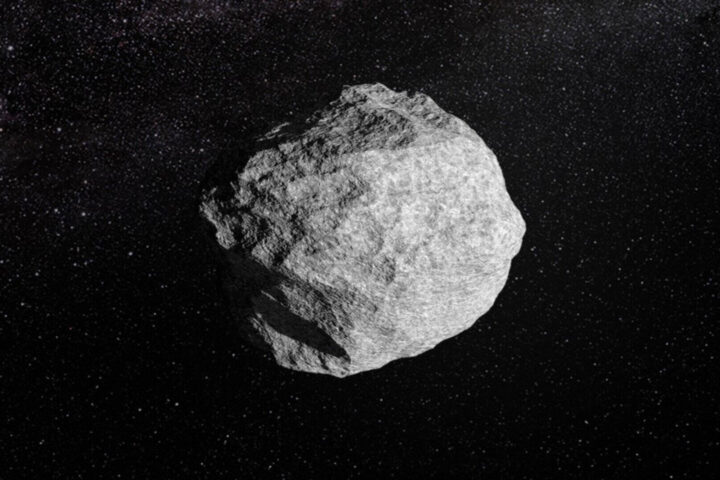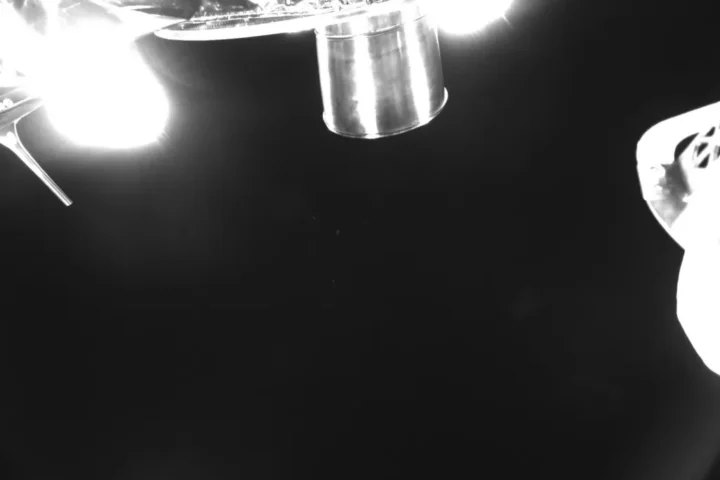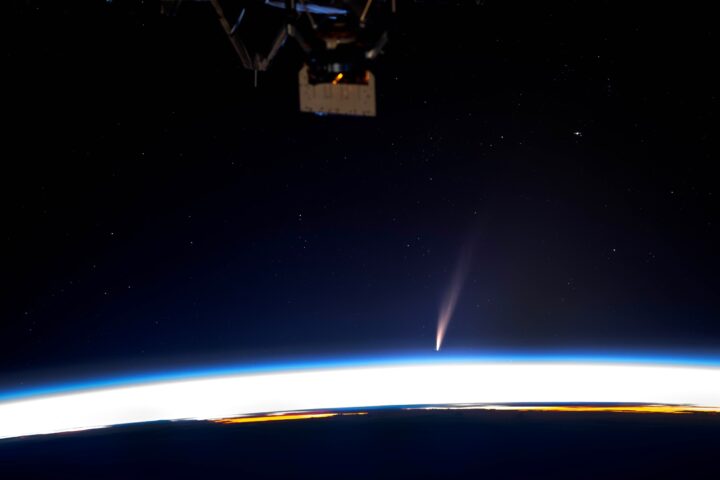Lunar Calendar Basics for 2025
The Islamic calendar follows the moon’s phases, with each month starting when the first crescent appears after a new moon. This lunar year runs about 354 days – roughly 11 days shorter than the Gregorian calendar we use daily.
This difference explains why Ramadan shifts earlier each year in our standard calendar. The moon doesn’t just determine Islamic observances; it also sets Easter’s date for Christians worldwide.
Ramadan 2025: When Will It Begin?
Ramadan 2025 will likely start on either Saturday, March 1, or Sunday, March 2, 2025. The exact date depends on when observers spot the thin crescent moon following the February 27 new moon.
What’s unusual in 2025 is that many Islamic regions may begin Ramadan on the same date due to a rare alignment. As reported in several sources, Saudi Arabia, UAE, Qatar, India, Pakistan, and other countries will all be watching for the crescent moon on Friday evening, February 28.
If the moon appears then, the first fast begins Saturday, March 1. If not visible, Ramadan starts Sunday, March 2.
Ramadan 2026: Already on the Calendar
Because the lunar year is shorter than our solar year, Ramadan 2026 will begin approximately 11 days earlier – around February 17 or 18, 2026.
Two Eclipses During Ramadan 2025
Between Ramadan’s start and end in 2025, two celestial events will occur:
- Total Lunar Eclipse (“Blood Moon”): March 13-14, 2025
- Best visible from North and South America
- Earth’s shadow will completely cover the moon
- The moon will appear reddish due to sunlight filtering through Earth’s atmosphere
- Partial Solar Eclipse: March 29, 2025
- Visible at sunrise in eastern North America
- Mid-morning visibility across Europe
- Will be visible in parts of North America and Europe
When Ramadan Ends: The Shawwal Moon
Since a solar eclipse happens at new moon, the Ramadan-ending crescent (the Shawwal Moon) will be sought on March 30-31, 2025. Its sighting marks the beginning of Eid al-Fitr, the celebration concluding Ramadan’s fasts.
Fun Quiz
Test Your Knowledge: Moon Phases & Religious Dates 2025
How well do you understand how the moon determines religious festivals?
In 2025, both Ramadan and Easter are determined by specific moon phases. This quiz will test your knowledge about these celestial events and their significance in religious calendars.
Similar Posts
Easter 2025: The Paschal Moon Sets the Date
Western Christianity calculates Easter as the first Sunday after the first full moon on or after the spring equinox (March 21).
In 2025, the relevant full moon (often called the “Pink Moon”) falls on April 13. Therefore, Easter Sunday will be April 20, 2025.
Looking ahead, Easter 2026 will occur on April 5, 2026.
Ramadan Practices and Traditions
During Ramadan, Muslims who have reached puberty and are physically able fast from dawn until sunset. Fasting involves abstaining from:
- Food and drink
- Sexual relations
- Negative behaviors
Those who are ill, traveling, pregnant, nursing, or elderly are typically exempt from fasting.
The month emphasizes:
- Spiritual reflection
- Increased prayer
- Reading the Quran
- Charity (Zakat and Sadaqah)
- Community gatherings for Iftar (breaking fast) meals
Ramadan Daily Schedule
Sehri (Suhoor): The pre-dawn meal before fasting begins Iftar: The evening meal to break the fast, traditionally starting with dates and water
Dos and Don’ts for Ramadan
Five Recommended Practices:
- Eat a nutritious Sehri meal
- Break fast with dates and water
- Engage in extra prayers and Quran recitation
- Practice charity
- Maintain patience and control emotions

Five Practices to Avoid:
- Skipping Sehri
- Overeating at Iftar
- Wasting time on unproductive activities
- Using harsh language
- Delaying prayers
Eid al-Fitr: The Celebration
With Ramadan predicted to end March 30, 2025, Eid al-Fitr would begin March 31. Traditions vary worldwide but often include:
- Families dressing in new clothes
- Community gatherings
- Gift exchanges
The celestial calendar for 2025 shows how ancient astronomical observations continue to shape religious practices across faiths, connecting modern believers to traditions thousands of years old.
Frequently Asked Questions
Frequently Asked Questions
1. A total lunar eclipse (“Blood Moon”) on March 13-14, which will be best visible from North and South America. During this event, the moon will appear reddish.
2. A partial solar eclipse on March 29, which will be visible at sunrise in eastern North America and mid-morning across Europe.
